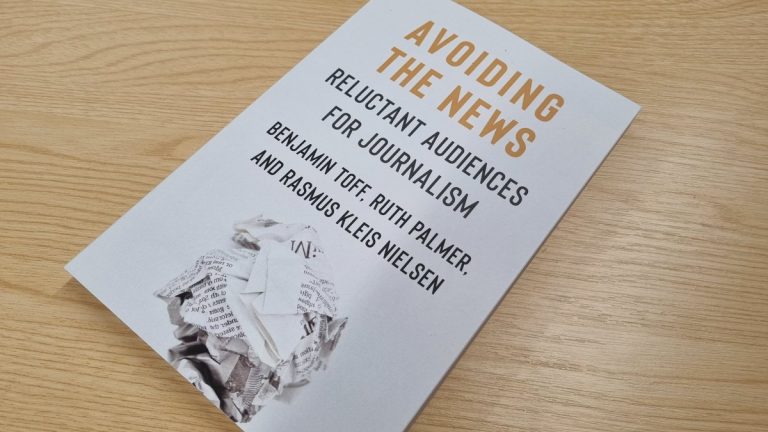Hybrid journalism: mixing pros and amateur-generated content
In a long post today Bruno Giussani argues that the latest trend in media and knowledge creation and dissemination is hybridisation of professionals working with users and user-generated content.
“It’s no longer just the professionals observing reality from their separate vantage point; it’s not pure ‘user-generated content’ and ‘collective intelligence’. The first model is outdated; the second overhyped. The real thing is a mix of the two, using the tools of the Internet: everyone contributes ‘with some slight editing’.”
He analyses a number of examples of this approach including:
- NewAssignment, the brainchild of Jay Rosen, the head of NYU’s Department of Journalism. It is defined as an “experiment in open-source reporting” where “pros and amateurs cooperate to produce work that neither could manage alone”, an “open collaboration over the Internet among reporters, editors and large groups of users can produce high-quality work that serves the public interest, holds up under scrutiny, and builds trust”. Even assignments are determined this way, hence the project name;
- Citizendium, started by one of the Wikipedia founders, Larry Sanger, “to try to correct the problems that plague the big open-source encyclopedia by engaging experts to maintain standards and accuracy over what the crowd creates”;
- the project by the curators of New York’s Museum of Modern Art to display amateur-produced videoart selected on YouTube;
- the book project ‘We are smarter than Me‘, “a study on the impact of social networks on traditional business functions that will be authored by a large crowd of ‘ams’ coordinated by the ‘pros’ of MIT, Wharton Biz School, and others” (see also my post earlier today).
Bruno is now hunting for some good examples from Europe.



